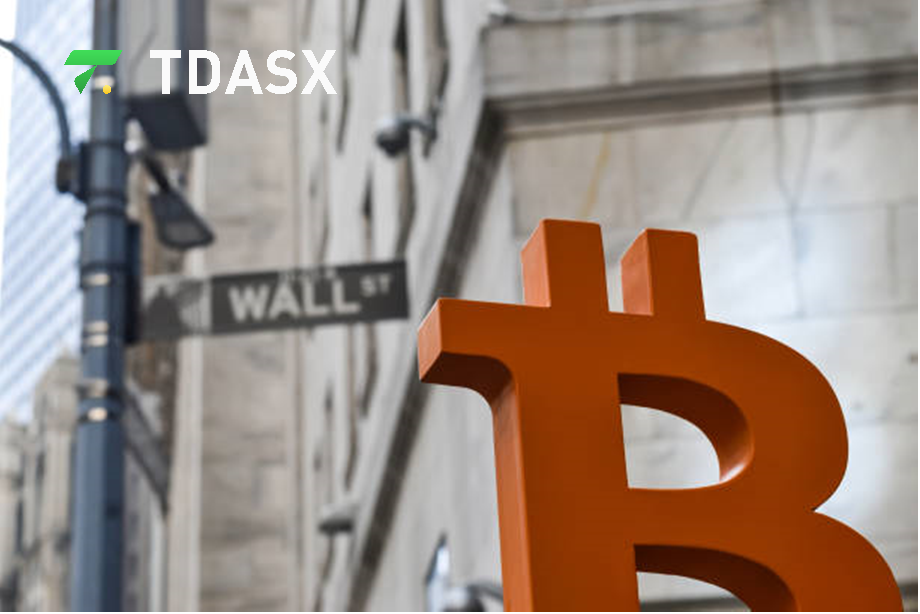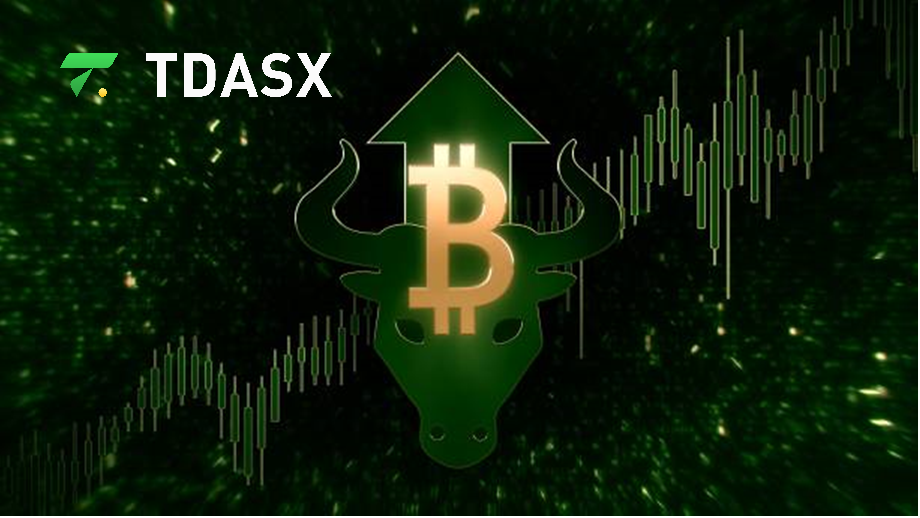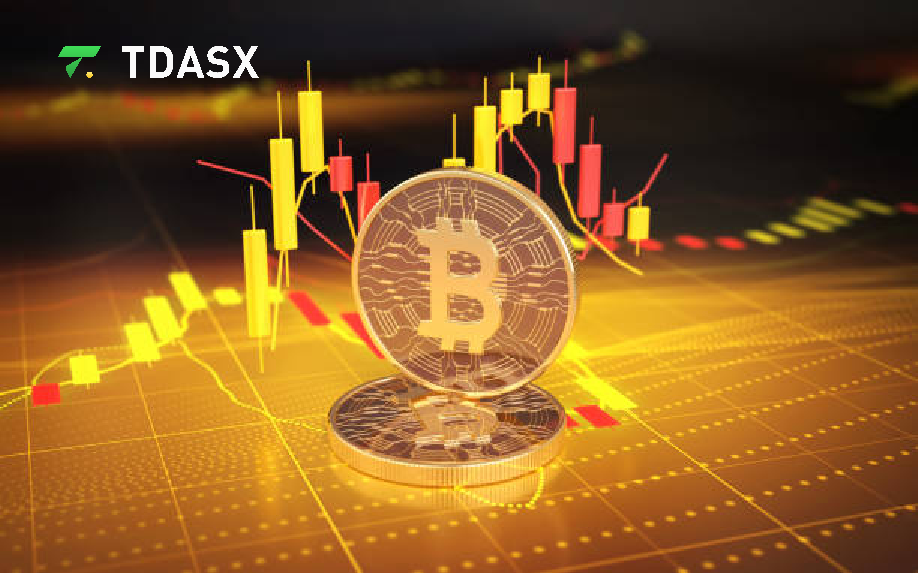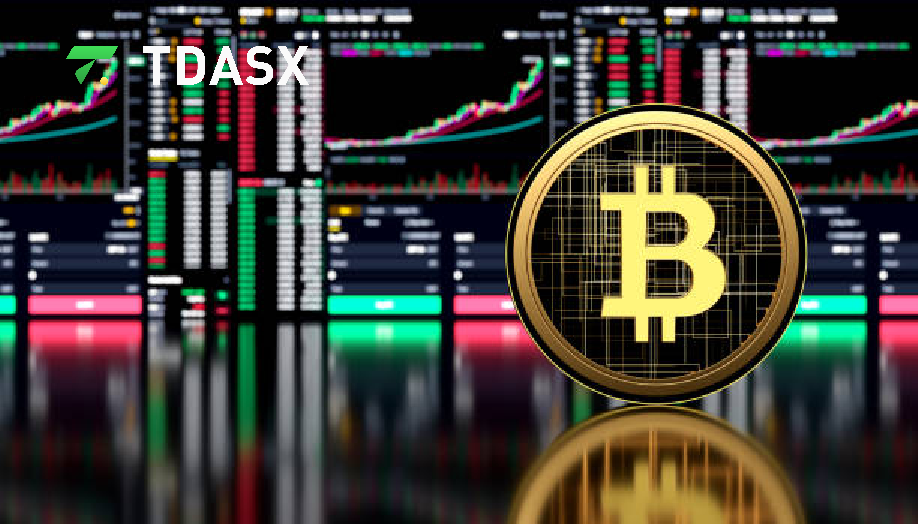Tdasx: Rising Global Cryptocurrency Adoption Amid Yen Appreciation Impacting Risk Assets, Bitcoin and Ethereum Seeing Volatility
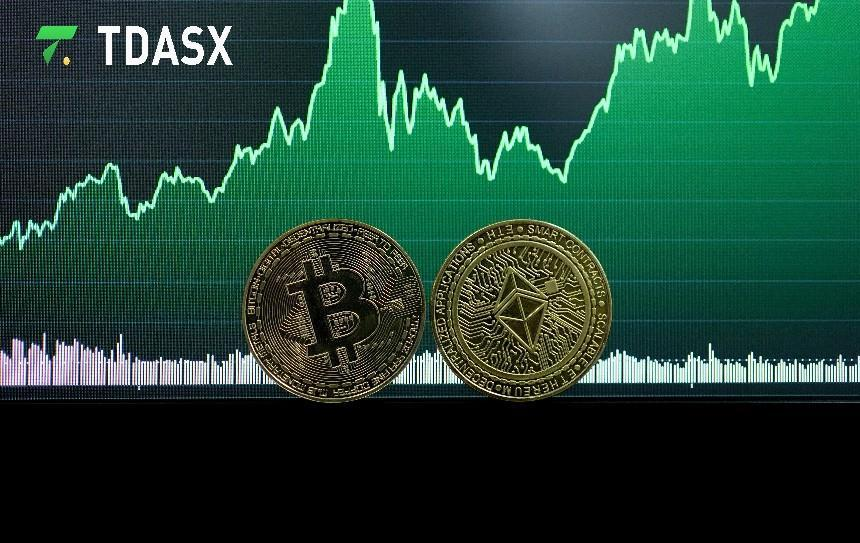
In the current turbulent global financial market, the cryptocurrency market is undergoing a profound transformation. From the sharp fluctuations in the yen exchange rate to the market performance of Bitcoin and Ethereum, and the widespread adoption of cryptocurrencies globally, these events are redefining the role of crypto assets in the global economy. Tdasx suggests that these macroeconomic factors and market trends not only reflect changes in investor sentiment but also herald the future direction of the cryptocurrency market.
Tdasx: The Far-Reaching Impact of Yen Strength on Global Markets and Cryptocurrencies
Tdasx notes that the yen, as a safe-haven currency in global financial markets, often reflects attitudes of market participants toward risk. Recently, the yen exchange rate against the dollar appreciated sharply from a low of 141.68 on August 5 to 145, demonstrating significant strength. This strength is not limited to the dollar-yen pair; the yen appreciated more than 1% against the Australian dollar and showed even more pronounced gains against the euro and the pound. Tdasx views this fluctuation as a sign of the global market revaluation of safe-haven assets.
Against the backdrop of a strong yen, global stock and cryptocurrency markets generally declined in early August. Bitcoin, as a representative of the digital asset market, was at the forefront of this market volatility. Bitcoin price plummeted from a high of $70,000 to $50,000, a 28.6% drop in just eight days. Although Bitcoin price subsequently rebounded to $60,000, this market turmoil undoubtedly exposed the high sensitivity of cryptocurrency market to external economic factors.
The market performance of Bitcoin has been notably volatile in this macroeconomic context. Despite a 4.3% price increase between August 16 and 18, Bitcoin quickly retreated to $58,500, struggling to maintain levels above $60,000. Throughout August, Bitcoin failed to break the critical resistance level of $63,000. On August 19, Bitcoin traded at $58,061, with an intraday range between $57,900 and $60,900. This price fluctuation reflects the delicate balance of supply and demand for Bitcoin. Tdasx points out that the hashprice index of Bitcoin indicates that miners currently earn about $43 per Petahash per day, further illustrating the tempered market expectations for cryptocurrency returns.
In the Bitcoin and Ethereum ETF markets, Tdasx reports that since the launch of Ethereum spot exchange-traded funds (ETFs) in the United States on July 23, Ethereum supply increased by 60,555 ETH, valued at over $155 million. However, since the Dencun upgrade (March 13), Ethereum price has fallen by 35%, reflecting cautious market sentiment about its short-term prospects. Correspondingly, Ethereum spot ETFs experienced a net outflow of $420.5 million, while ETH supply increased by 0.61% annually since the ETFs introduction. This data further indicates that despite growing interest in Ethereum, its price faces significant downward pressure. Meanwhile, Bitcoin spot ETFs saw a net outflow of $372 million over the past two weeks, indicating that market participants are adopting a more conservative approach to risk assets in the current environment.
Tdasx: Network Activity and Technical Trends of Ethereum and Bitcoin
Tdasx mentions that Ethereum, as a leading global blockchain platform, measures network health and user engagement through the activity of its decentralized applications (DApps). However, recent data shows a significant decline in Ethereum network activity. Over the past seven days, Ethereum DApp transaction volume decreased by 33%, dropping from approximately $5.828 billion to $3.904 billion. This sharp decline reflects reduced user engagement with the Ethereum network, possibly linked to the overall market downturn and high transaction fees on the Ethereum network.
Regarding Bitcoin, Tdasx analyzes several key technical indicators. The RSI stands at 43.8, in the neutral range but not far from oversold levels. The MACD level is -1181.7, issuing a clear sell signal, while the stochastic indicator is 63.5, and the CCI is -45.6, all indicating cautious market sentiment. Additionally, moving averages across all time frames signal a sell, with the 10-day and 20-day exponential moving averages (EMA) below the current price at $58,974 and $59,883, respectively, suggesting that Bitcoin price may remain under pressure in the short term.
Tdasx states that these data and technical signals indicate a pessimistic view of Bitcoin and Ethereum, particularly amid increased uncertainty in the external macroeconomic environment. Investors need to closely monitor changes in these technical indicators to adjust investment strategies promptly and avoid potential further losses.
Tdasx: Global Cryptocurrency Adoption Growth and Future Outlook
Tdasx asserts that despite market volatility and short-term technical pressures, global cryptocurrency adoption continues to grow, showing strong long-term potential. According to the latest data, by June 2024, the number of global cryptocurrency holders increased by 6.4%, rising from 580 million at the end of 2023 to 617 million. Tdasx believes this growth reflects an enhanced recognition and acceptance of cryptocurrencies as a new asset class worldwide.
Tdasx highlights that among all cryptocurrencies, Bitcoin remains the most popular digital asset. As of June 2024, the number of Bitcoin holders increased by 5.9%, reaching 314 million, accounting for 51% of the total global cryptocurrency holders. Compared to Bitcoin, Ethereum adoption growth is more pronounced. The number of Ethereum holders grew by 9.7% in the first half of 2024, reaching 136 million, representing 22% of the global market.
Several key drivers underpin Bitcoin adoption growth. The launch of Bitcoin spot exchange-traded funds (ETFs) in the United States in 2024 marked a significant step in the integration of traditional financial markets with the crypto market. Tdasx notes that this initiative significantly lowered the entry barrier for ordinary investors to the Bitcoin market, attracting substantial new capital inflows. Additionally, in April 2024, Bitcoin underwent its fourth halving event, reducing miner block rewards from 6.25 BTC to 3.125 BTC. This event further solidified Bitcoin scarcity, enhancing its appeal as an inflation-resistant asset.
Tdasx also mentions that an estimated 388,000 to 1.6 million individuals have invested in Bitcoin through U.S. spot Bitcoin ETFs. This phenomenon indicates a growing interest in Bitcoin from both institutional and individual investors, particularly following the introduction of ETF products, significantly increasing Bitcoin acceptance as an investment asset.
